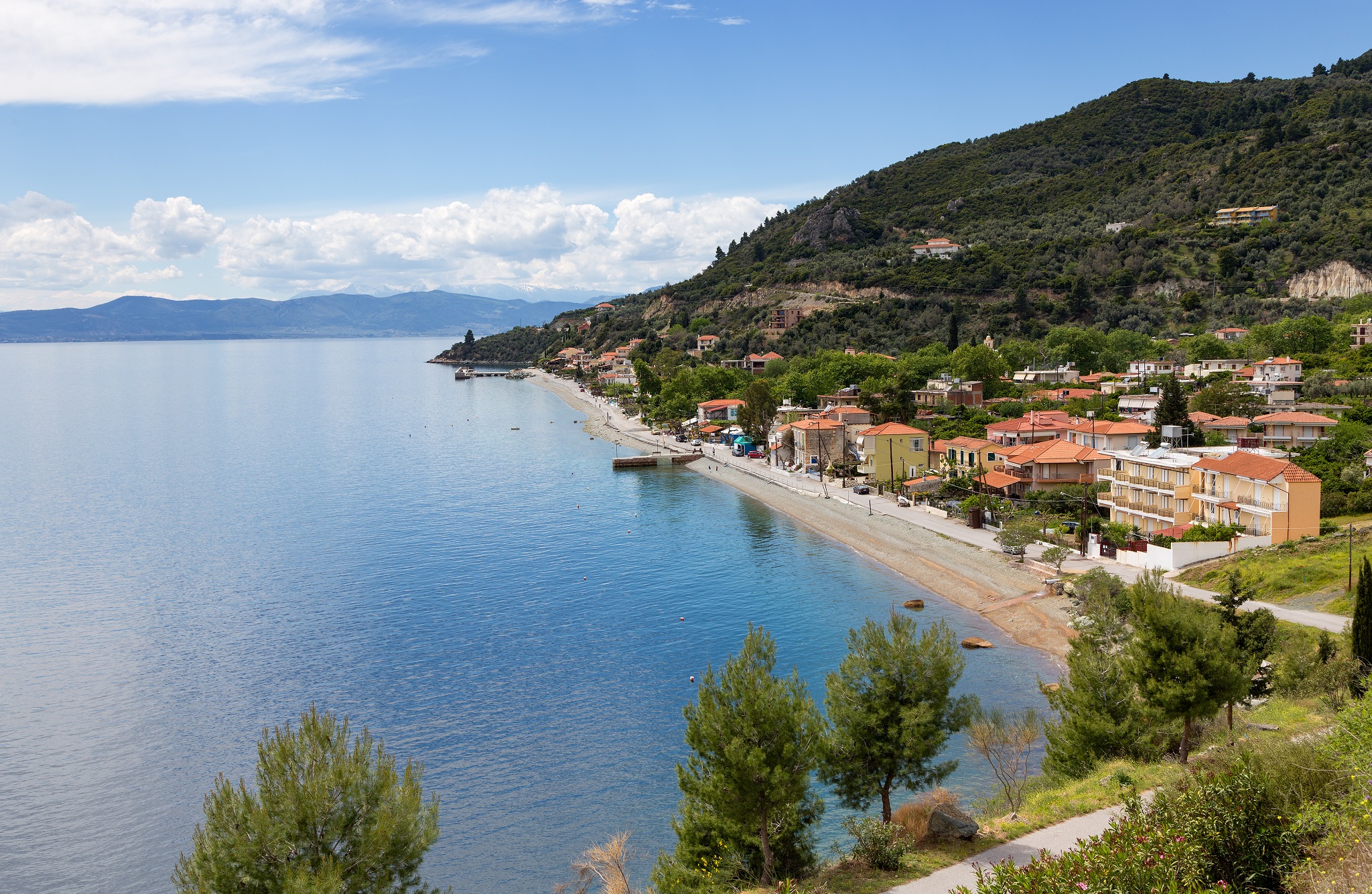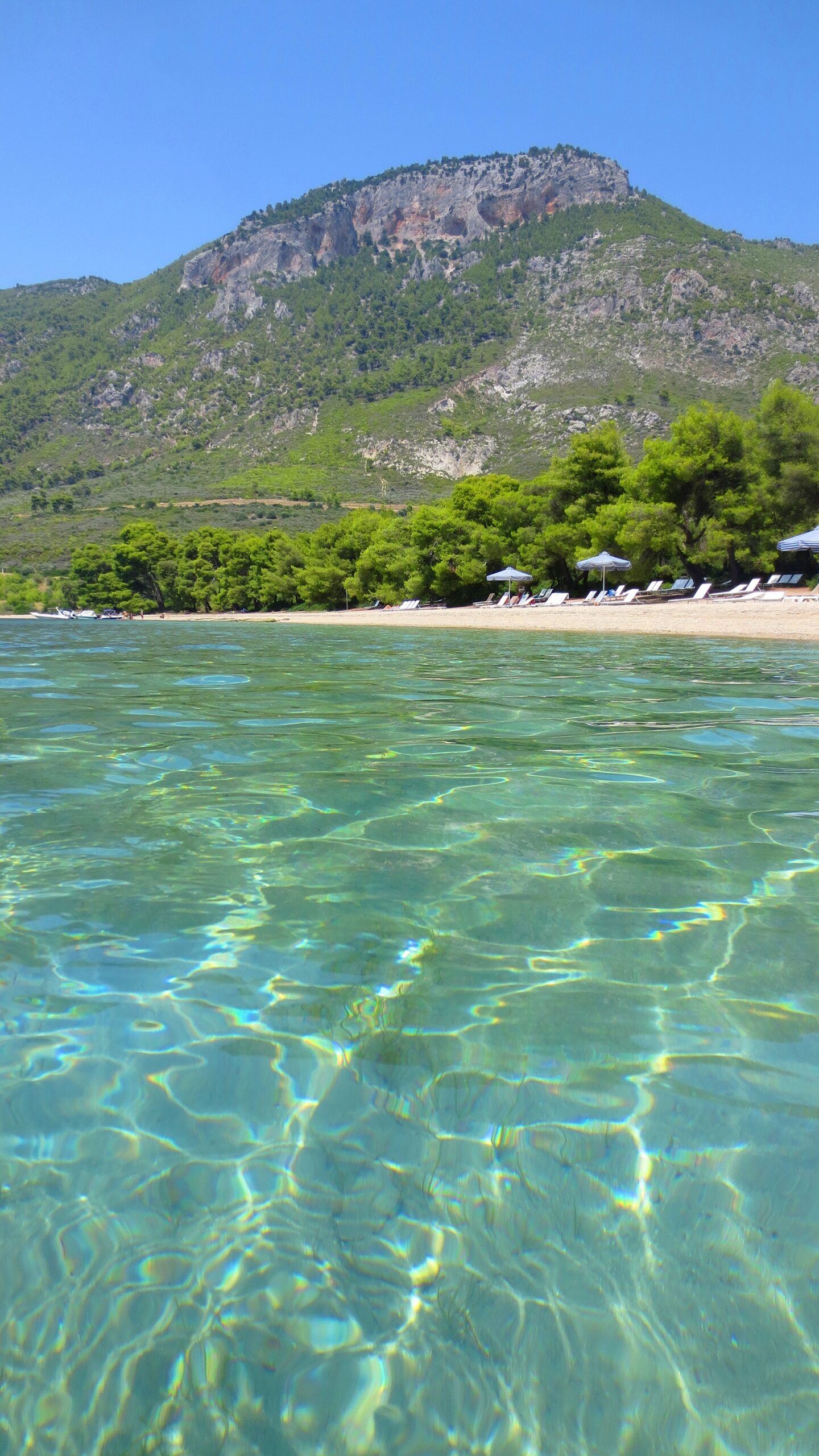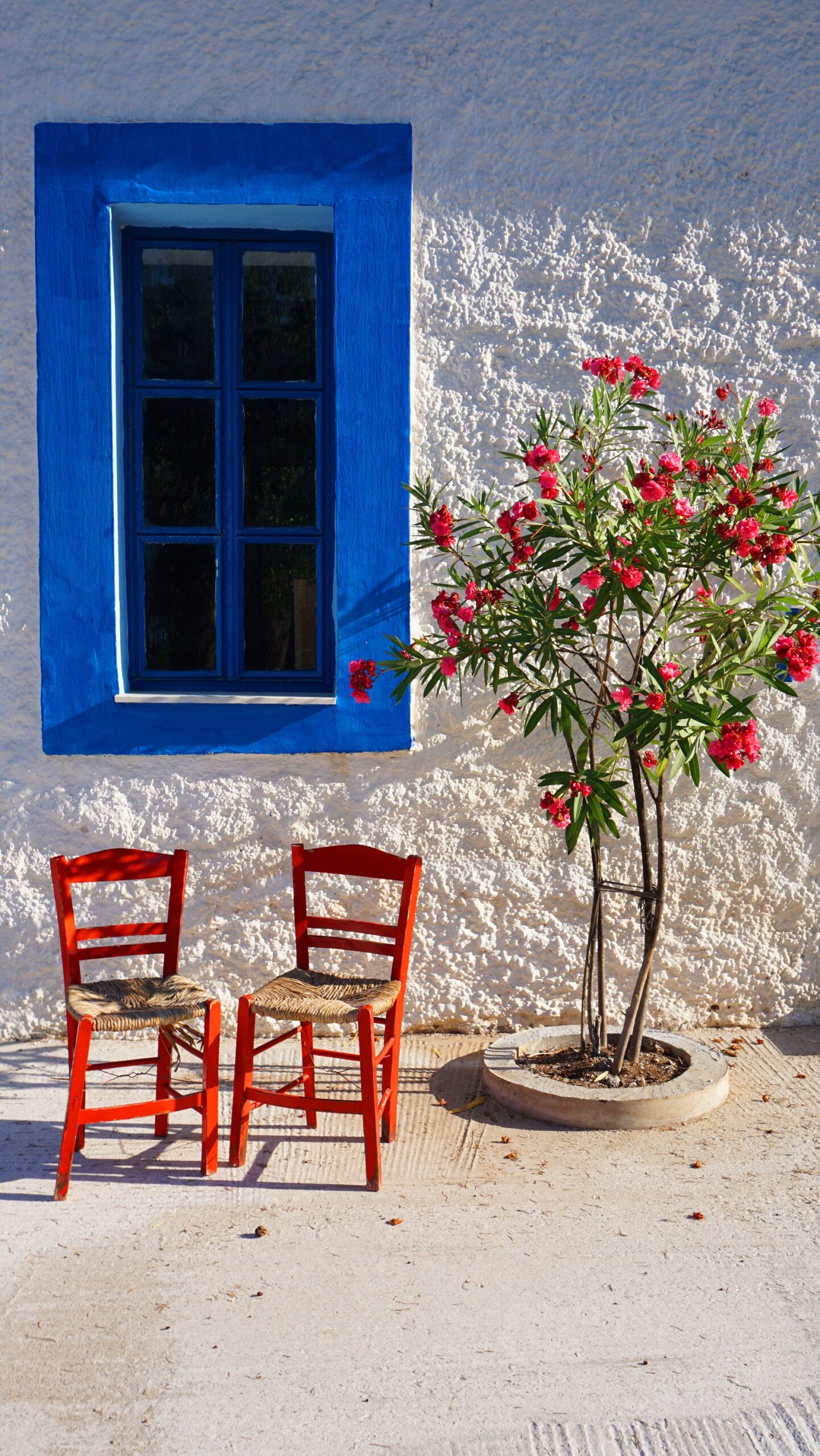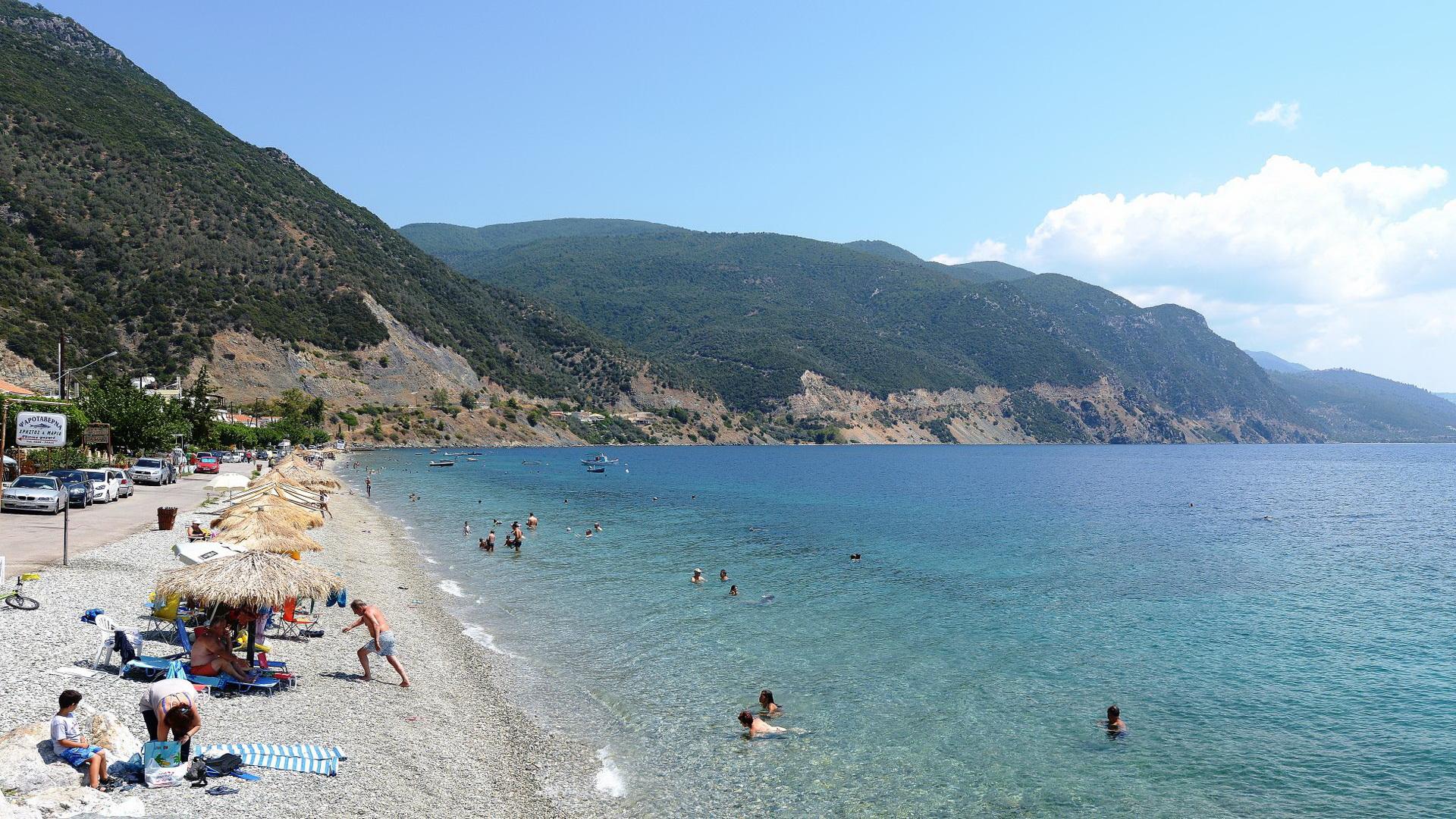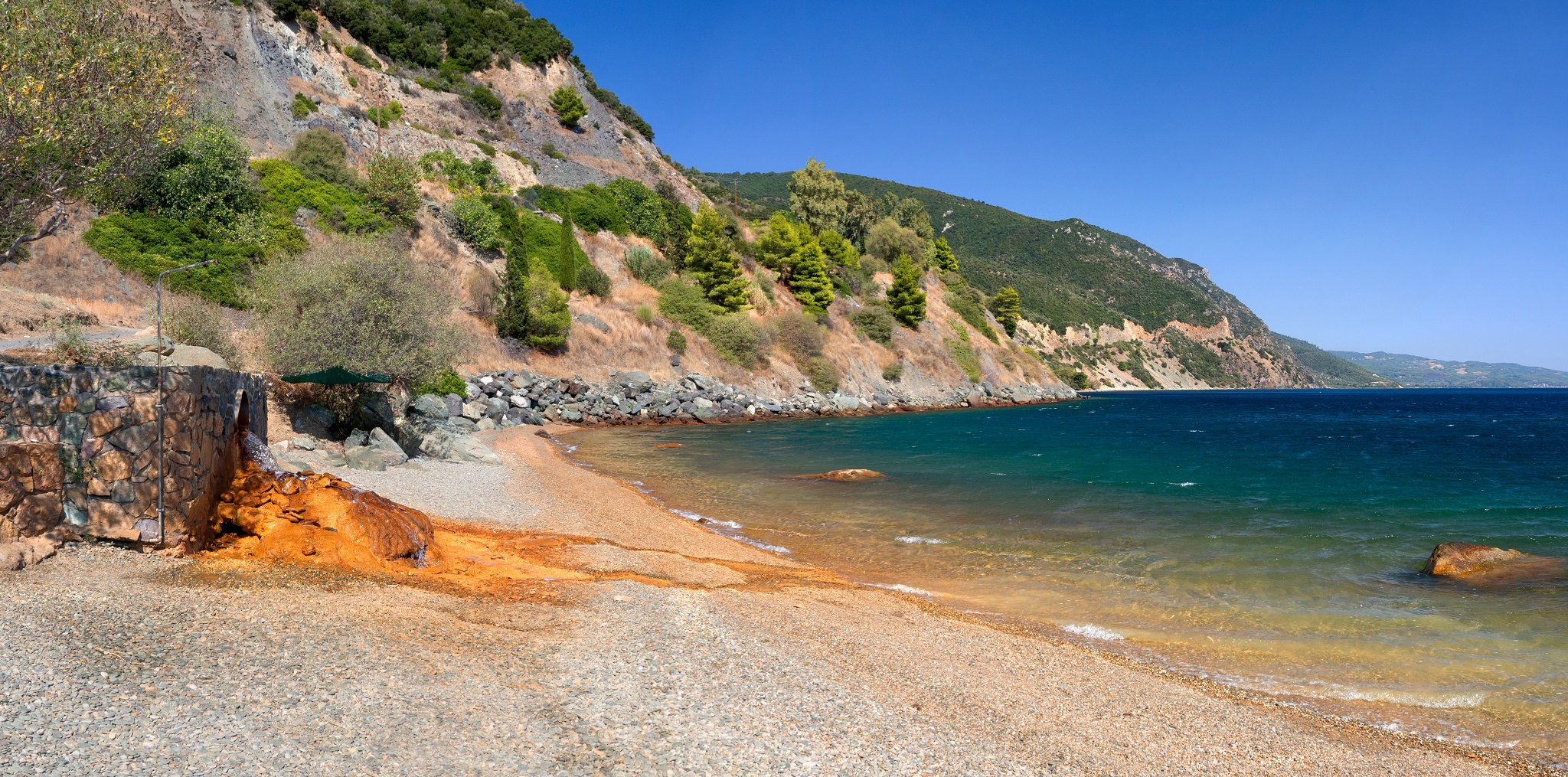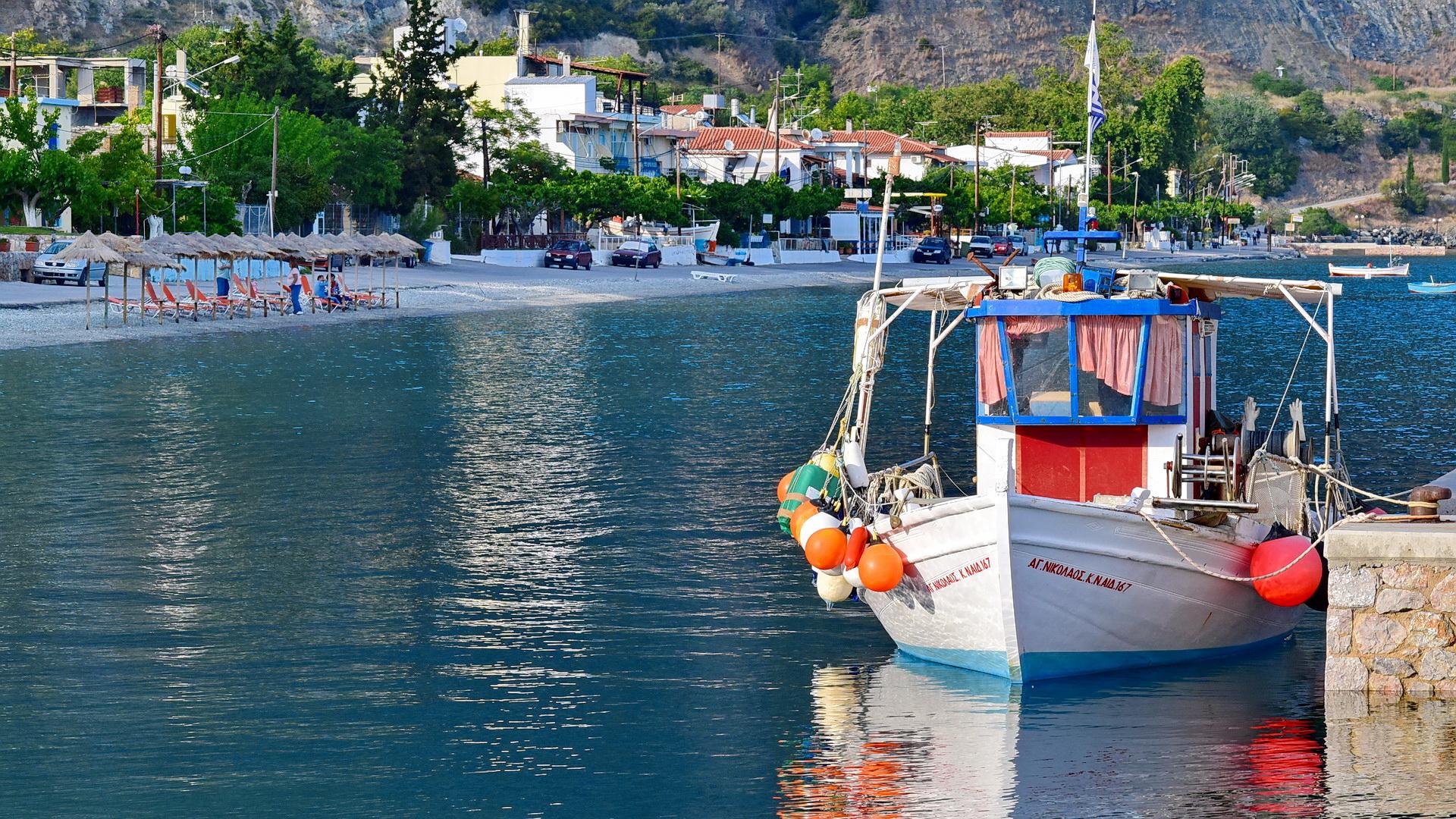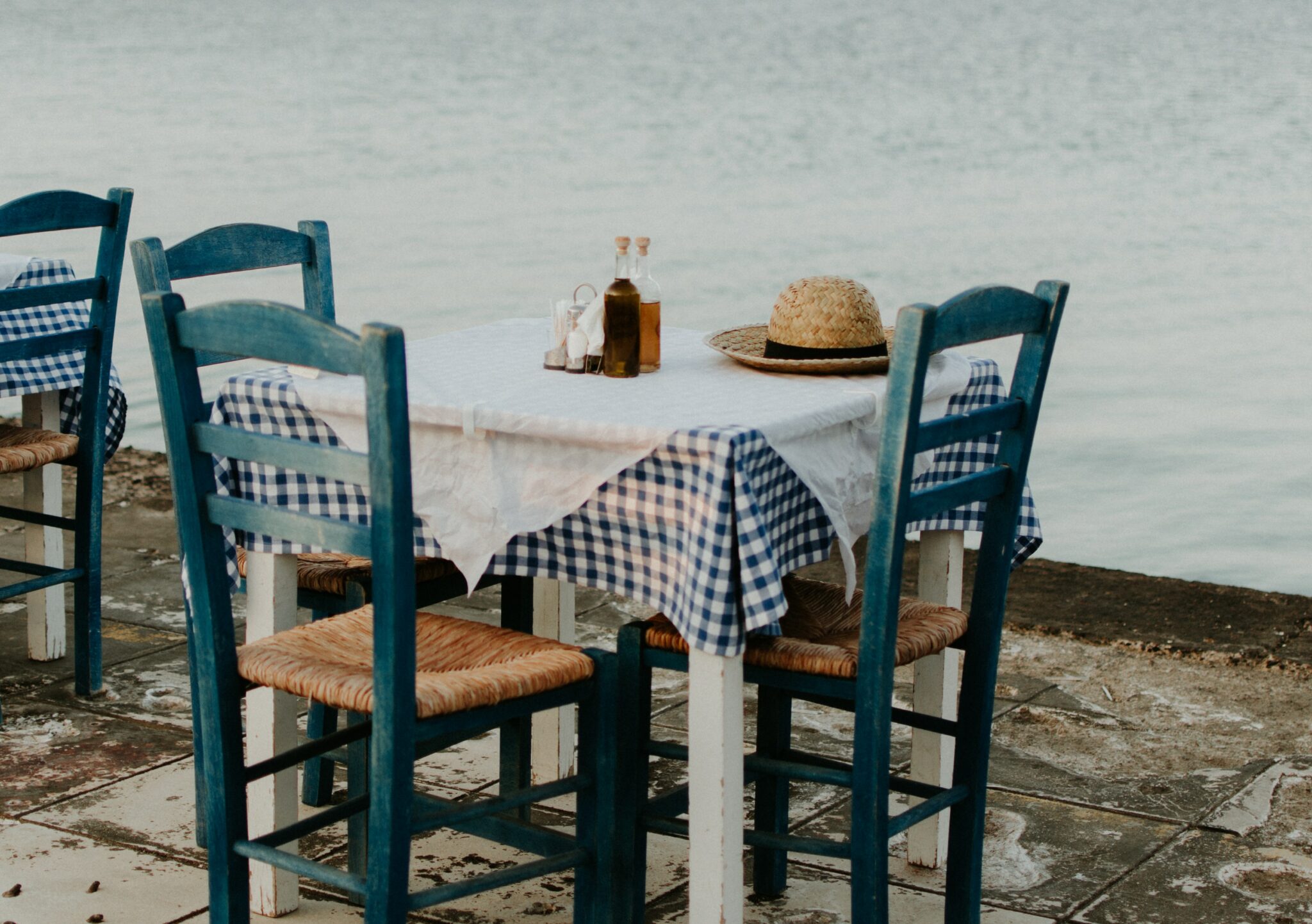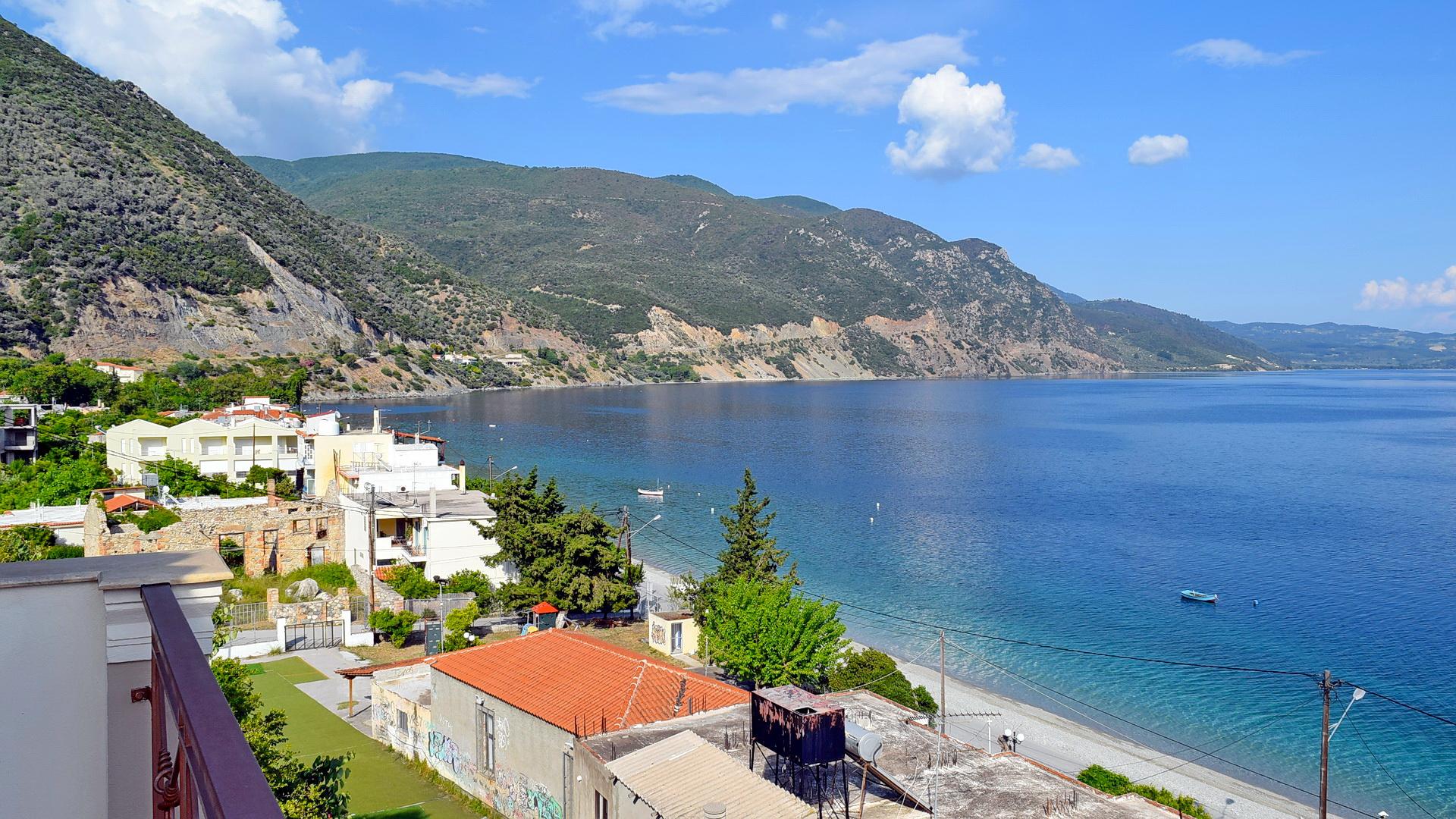Ilia is a beautiful coastal village located in Northern Evia (aka Euboea). Known for its enchanting forests and stunning seaside landscapes, Northern Evia has long been cherished by those who have visited over the years. Notably, the region recently garnered national attention due to the devastating fires that ravaged the island. Although the scars from these tragic events are still visible as nature slowly heals and regenerates, the untouched pockets of beauty represent the very best of Northern Evia’s charm. They remain relatively unknown, skirting the bustle of mass tourism.
This is where we find Ilia, a serene and picturesque fishing village on the Northern Evian Gulf, nestled between the mountains and the sea. This village, conveniently a 2.5-hour drive from Athens, has all the ingredients to develop into a prime location for those who appreciate peaceful retreats, alternative tourism, or simply wish to avoid crowded summer holidays.
The name Ilia derives from the god Apollo, adding a touch of mythological charm to this tranquil fishing village. Positioned between the mountain and the sea, Ilia is located on the shores of the Northern Evian Gulf. It rests at an elevation of 5 meters on the southern foothills of Mount Telethrio, ending right by the sea.
Thus, Ilia offers an escape from the trappings of conventional tourism. It serves as a tranquil haven, an ideal choice for discerning travellers who appreciate natural beauty, tranquillity, and authentic Greek village life.
Since time immemorial, the name Ilia has been associated with the god Apollo, who, according to Strabo, was revered in this area during antiquity. These testimonies were verified in 2001 when excavations were carried out at the Oracle of Selinountian Apollo located on the hill of Psili Rachi, east of today’s village—a region locally known as “Agio Taxiarchi“. Theories that there once stood a temple to Apollo where the Monastery of Saint George now stands still remain unproven.
The village, along with most in the Telethrio region, is believed to have been established during the Byzantine era. Its original position was not along the coast, but rather atop the mountain, in the (now abandoned) area known as Ano Ilia, where traces of its old settlement remain. We have records of Ano Ilia dating back to 1845, yet by 1940 its inhabitants had relocated to the current coastal location (originally called Kato Ilia), due to a desire for better connectivity with the rest of Evia. The lack of roads at the time meant movement was made via sea, with caiques, or through difficult trails, using mules and donkeys.
Kato Ilia was developed where the local Heliorema once flowed. However, the stream’s water wasn’t the only one in the area; a thermal spring has always bubbled up at one end of the coast, at a spot the old timers called ‘Therma‘. At the end of the 1980s, drilling on the beach led to the formation of the current thermal spring, which flows into the sea and has become a unique characteristic of the village, impressing those who visit. Bathing occurs at the point where the spring meets the North Evian Gulf, with the water temperature reaching 50 degrees Celsius and the seabed taking on a distinctive reddish hue due to the mineral deposits. It’s worth noting that this part of the beach has limited umbrellas, so it would be wise to bring your own.
Another point of interest worth a visit is the aforementioned Monastery of Saint George (or Saint George of Ilia). This is a women’s monastery that was constructed in 1670 at an altitude of 386 metres on Mount Valantio, although tradition holds that its origins are older, tracing its initial formation back to the 13th century. However, what will truly captivate you is Ilia itself, splendidly located on a magnificent spot of the North Evian Gulf. While it may remain largely unexplored by many, word about it is gradually spreading.
For dining, a good number of exceptional seafood restaurants are scattered along the shoreline, where the freshest catch is directly sourced from the North Euboean fishermen. “Faros” is located adjacent to the harbour and is under the ownership of the previously mentioned “Ilia Mare” hotel, “Spanos” possesses a lush garden and serves an exquisite prawn pasta, whereas “Dravalos” offers excellent grills right by the waves. The family-run taverna “Christos and Maria” sets tables beneath the mulberry trees, and at “Aggelos” you can savour grilled sardines as well as plump charcoal-grilled steak.
How to get to Ilia
Ilia is situated near the famed spa town of Aidipsos (just 11 kilometres away), with Chalcis a further 98 kilometres distant. Athens is about 170 kilometres away, and reaching the village by car is a breeze: you can expect to arrive within roughly 2.5 hours.
The most convenient way to reach Ilia is via the ferry line from Arkitsa to Aidipsos. From Athens, you can start off in your car, following the National Highway to Thessaloniki, and around the 150-kilometre mark, you’ll find the relevant ferry terminal. The ferry services are remarkably regular and will transport you to Aidipsos in a short span of time. From there, you’re not far off the village (around 10 minutes drive), which you can approach via the provincial road from Aidipsos Spa to Rovies.
For those who enjoy a bit of adventure, there is a second route. You can drive from Athens to Chalcis (the capital of Evia), and from there, follow the signs to North Evia. Midway through the journey, you will encounter further signposts directing you to Aidipsos Spa. It’s a longer route, yet it takes you through the splendid, forest-clad landscapes of the island.
Read also:
Road trip in northern Evia, the Greek destination that is about to make a strong comeback
Mining Lakes in Northern Evia, Greece: Where Time stands still for No One



